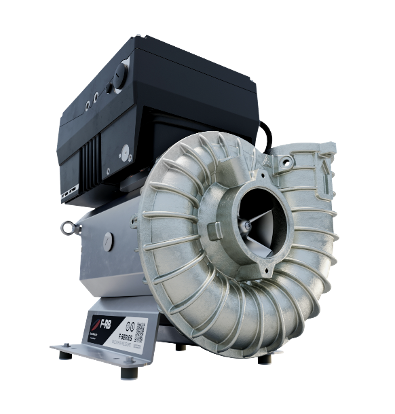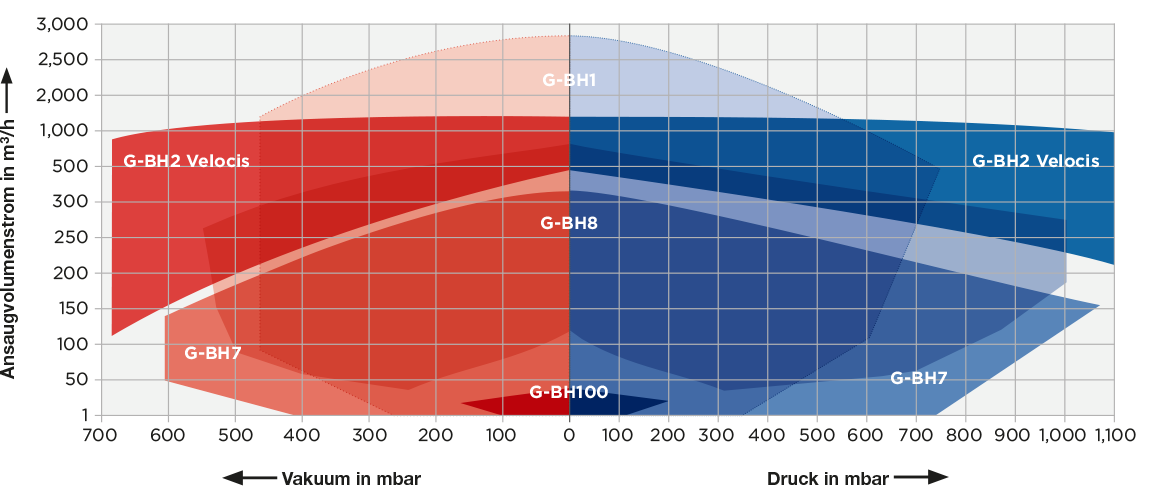How can we help you?
Our team of air experts stands at the ready to innovate and elevate your fuel cell applications. With a deep understanding of vacuum and low-pressure product development and a focus on the alternative fuel sector, we bring to the table bespoke fuel cell blower and compressor solutions. Our collaborative approach ensures your needs are met with precision and expertise.
As pioneers in the field, we've established a dedicated Fuel Cell Centres of Excellence specializing in pressure rotating equipment. Our seasoned engineers concentrate on developing blower and compressor innovations tailored for fuel cell applications, taking concepts from prototype to full serial production with a commitment to reliability and efficiency.
Our comprehensive range of fuel cell blowers and compressors is designed to optimize your fuel cell system designs. Whether for air injection, fuel gas injection, or anode gas recirculation, our products ensure that your fuel cell operates at maximum efficiency.
In many fuel cell applications the blower is critical component that will need to be:

Our vast selection of standard products can be customized to fit any fuel cell application.
In many fuel cell applications the blower is critical component that will need to be:
In many fuel cell applications the blower is critical component that will need to be:

Ingersoll Rand businesses have expertise spanning the whole hydrogen value chain. This not only includes the blowers, compressors and vacuum pumps above. It also includes industrial gas specialists Reavell, hydrogen compressing in PVC Production from WITTIG, liquid ring compressors for hydrogen recover from Nash and hydrogen refuelling stations from Haskel.
Ingersoll Rand is commitment to developing hydrogen technologies that support more sustainable, flexible, and affordable hydrogen solutions.